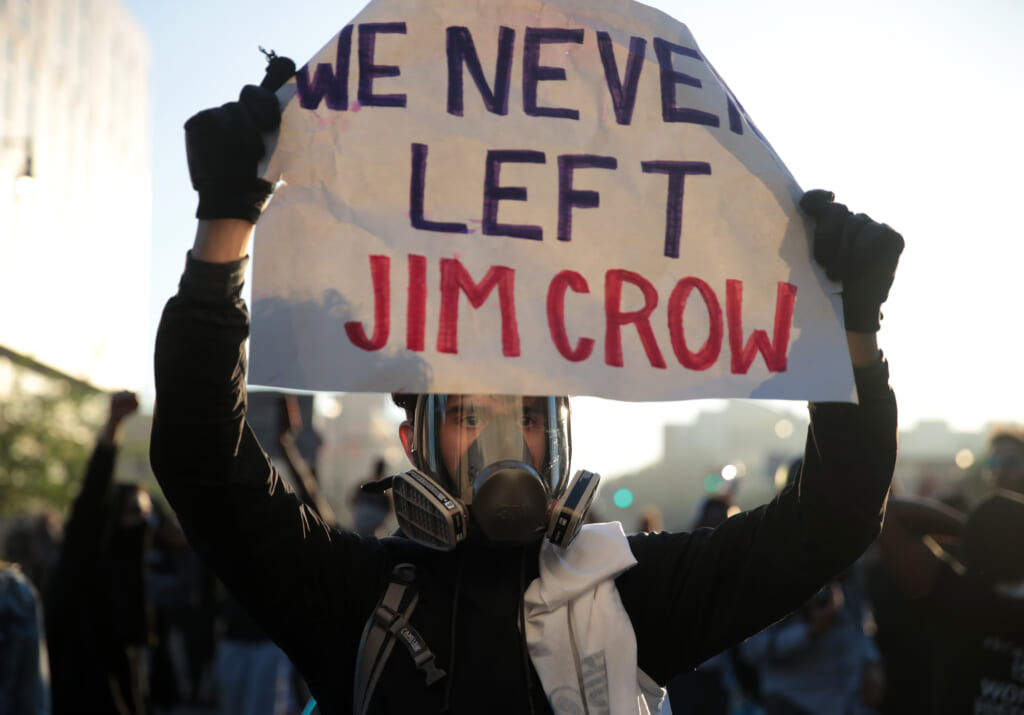Florida city has four Black residents, an unacknowledged legacy of being a ‘Sundown town’
According to the Times Union, the Jay area had 175 Black residents in 1922. Today, there are only 13; four live in the town itself.
A small town in the Florida Panhandle is grappling with its legacy as a “sundown town” and its history of the forced removal of Black residents 100 years ago.
A “sundown town” was an all-white town that Black people (and any other people who were not considered white people) had to leave by sundown if they did not want trouble.
“What happened in 1922 and the aftermath, the Black population being forcibly removed, it’s arguably the most significant thing that ever happened historically up there,” Tom Garner — a Pensacola historian told The Florida Times Union about the small community known as the Jay area.
According to the Times Union, the Jay area had 175 Black residents in 1922. Today, there are only 13; only four live in the town itself.

The story of how Jay became a sundown town began with an argument over farm equipment between Albert Thompson, a Black farmer and Sam Echols, a white farmer.
The pair argued over a stalk cutter that Thompson owned and a fight ensued. As Echols beat Thompson with an iron bar, Thompson pulled out a gun and shot Echols in self-defense, then fled the area. After the white farmer died, it set off a chain of events, prompting many of the Black families to be forced out of Jay.
“There’d be hundreds or thousands of descendants (of the 175 people forced out of Jay) and a lot of them would still be in Jay. The face of Jay would be completely different today,” Garner said.
One of Jay’s residents said it’s time for the town to confront this past, “We have to fully and accurately tell our full history local and nationally for there to be full healing,” Mitzi Bray Dixon, a lifelong resident, told the newspaper.

While Jay is reluctant about acknowledging its racist past, Ocoee is not. After a 1920 racial massacre in the central Florida town, it had no Black residents for most of the 20th century. However, Black families would move back and now comprise 24 percent of the city’s total population.
The city’s history is being taught in schools after Gov. Ron DeSantis signed a law requiring the legacy of the massacre to be included in the state’s history curriculum despite his opposition to “critical race theory.”
As for Jay, signs designating it as a sundown town disappeared in the 1970s after an oil boom brought prosperity to the region. Today, Dixon believes that Jay is “welcome and safe” for everyone. “There’s a lot of good people in Jay and they feel the same way I do, but they’re just afraid to say anything.”
But Garner was adamant that Jay must have a reckoning. “This history happened,” he asserted. “We need to look at it. We owe it to the Black community and the white community to know what the truth is.”
Editor’s note: This story has been updated to correctly identify Jay resident Mitzi Bray Dixon.
TheGrio is FREE on your TV via Apple TV, Amazon Fire, Roku and Android TV. Also, please download theGrio mobile apps today!


